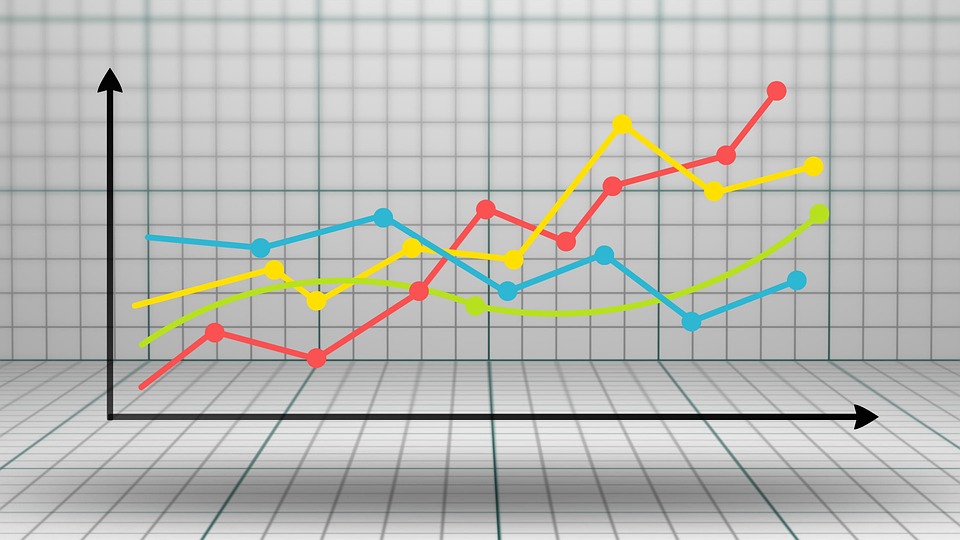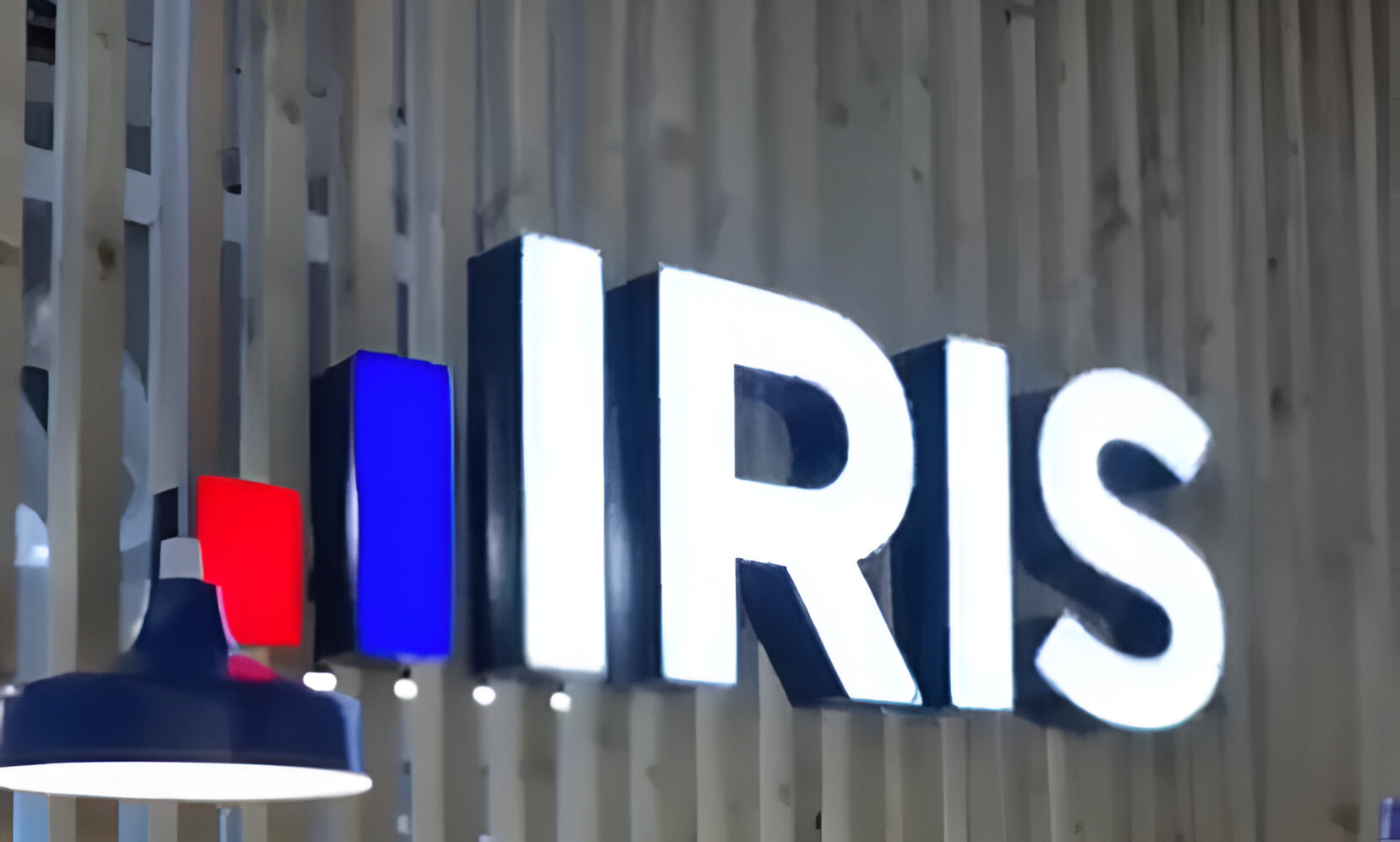Fees paid by public and private companies to outside financial auditing firms increased from 3 to 3.4 percent over the last year, according to a report from the Financial Executives Research Foundation (FERF), an independent, non-profit research affiliate of Financial Executives International (FEI), the association of choice for CFOs and other senior-level financial executives.
The Audit Fee Survey examines total fees companies paid to external auditors in 2014 and several additional services related to the auditing process, based on responses from 220 financial executives. In addition, the report also examines audit fees as reported by the larger pool of SEC filers of more than 7,000 organizations.
Key findings include:
- SEC filers paid an average of $1.5 million, with a median audit fee of $402,812. This represents a median increase of 3.4 percent over last year’s audit fees paid.
- The median increase in audit fees for SEC filers that reported ineffective internal controls over financial reporting were 3.0 percentage points higher than the median for all SEC filers, and 4.6 percentage points higher than the U.S. Average Producer Price Index for Services.
- Public companies responding to the FERF survey experienced a median increase of 3.1 percent, compared to a 3.4 percent increase experienced by the pool of SEC filers.
- Public company survey respondents indicated that the increase in their audit fees was primarily due to acquisitions and the review of manual controls resulting from PCAOB inspections.
- A total of 20.6 percent of SEC filers reported ineffective internal controls over financial reporting.
Fifty-seven percent of public companies responding to the survey whose audit firms were subjected to the PCAOB’s oversight review indicated that their audit firm shared the comments they received from the PCAOB. In addition, 45.3 percent of respondents were required to change their controls as a result of PCAOB requirements or findings. However, none of the survey respondents indicated that the PCAOB inspections resulted in a restatement of financial statements.
“Audit fees are an important metric for members and our detailed analysis reveals critical information they can use in controlling costs,” said Andrej Suskavcevic, President and CEO of Financial Executives International and Financial Executives Research Foundation. “FERF is dedicated to providing this type of thoughtful and thorough research that offers a unique perspective for financial executives.”
Private companies surveyed paid an average of $254,740 total audit fees in 2014, with a median of $70,000. This represents an average increase of 2.7 percent over the prior year, with the median increase at 2.0 percent. Private company respondents with less than $5 million in annual revenue experienced an average audit fee increase of nearly 11.2 percent over the prior year, with a median increase of 6.7 percent. The number of audit hours required for a private company averaged 2,800 hours, with a median of 850.
Non-profit organizations paid an average annual audit fee of $107,208 in 2014, representing an average increase of 1.3 percent, while the median of $36,440 in 2014 remained flat. The majority of private companies (60%) and non-profit organizations (65%) attributed the increase to inflation.
Other key findings from the public company survey responses include:
- A majority of public companies indicated that the volume of annual audit work by external auditors in 2014 has increased compared to 2013, in order to obtain both an auditor’s report on the financial statements (69.3 percent) and an auditor’s report on internal controls (63.2 percent).
- Over half of respondents, or 58.7 percent, indicated an increase in the internal cost of compliance with Sarbanes-Oxley Section 404 within the past three years. However, almost half (or 45.3 percent) saw an improvement to their internal controls and were satisfied with the additional expense.
Thanks for reading CPA Practice Advisor!
Subscribe Already registered? Log In
Need more information? Read the FAQs
Tags: Accounting, Auditing, PCAOB




